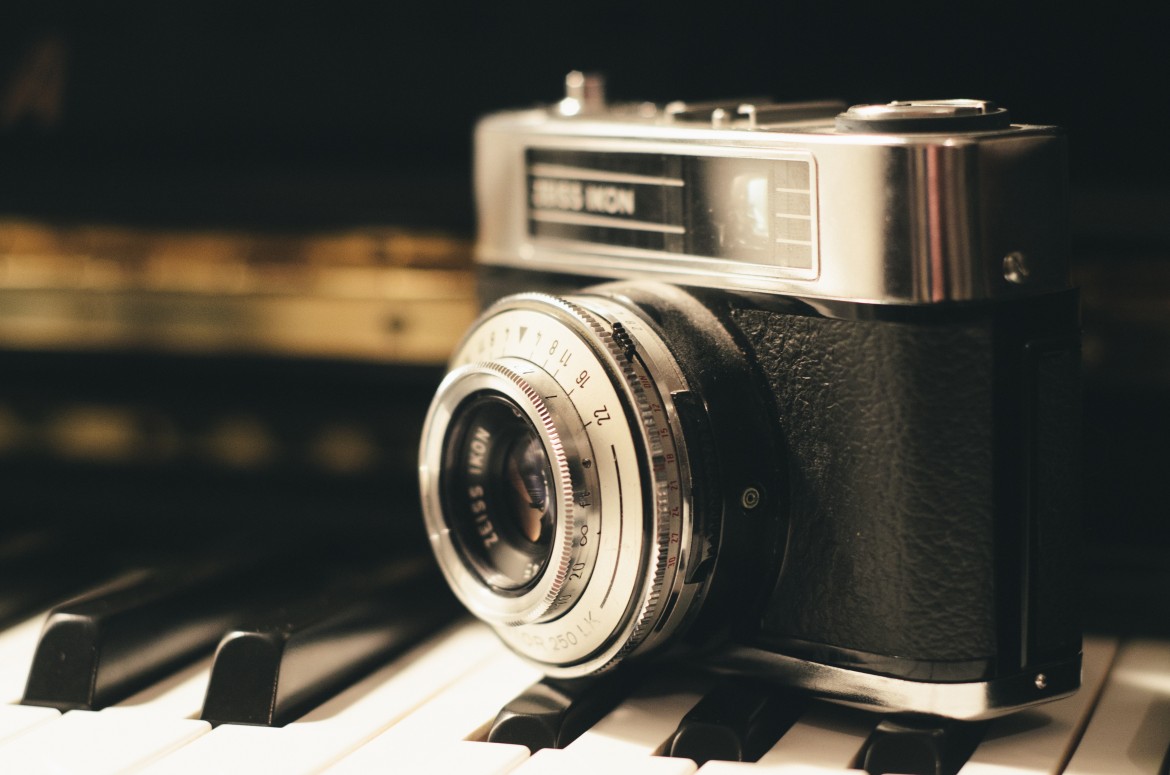I get lots of questions from readers at PhotolisticLife and I certainly don’t know all the answers. Thankfully, the combination of the internet, books, and other experienced photographers there aren’t very many questions out there I can’t find the answer to with enough digging.
Here are five photography facts I thought were interesting.
Swapping Lenses
You can use a Nikon lens on a Canon camera with an adapter but you can’t use a Canon lens on a Nikon body. You may wonder why this matters but you’d be surprised to know how many people ask me that exact question. Usually it’s when they are considering switching from one manufacturer to the other.
The reason why is that the distance from the lens elements and the sensors are fairly different between Canon and Nikon lenses and Canon lenses would need to be closer than the Nikon lens mount would allow (even if you could make an adapter you would not be able to focus to infinity).
Sepia
In the past, the reason photographs had the sepia look was actually utilitarian, sepia improved the archival quality of the photograph (allowed it to last longer without degradation). Now, the older generation may have already known this but you’d be surprised how little the younger generation knows about processing analog film.
The reason sepia improves the quality of the photograph over the long-term is in the chemical process. The metallic silver in the print is converted to a sulfide compound which is 50% or more times more stable than silver.
The most common answer you’ll likely get when you ask people why old photographs have the sepia look will be “the aging of the paper it was printed on”. Probably because everyone has experienced the pages of a newspaper turning yellow as it ages but this happens for a different reason… the short reason why newspapers turn yellow is because of a substance found in wood that makes its way onto the paper as well, called lignin, and when exposed to air and sunlight the lignin causes the paper to turn yellow (this article is turning into a cornucopia of fun facts – a cornucopia is a symbol of plenty consisting of a goat’s horn overflowing with flowers, fruit, and corn. Another fact!)
Aperture
The human eye actually has an f/number… The f/number of the human eye can fluctuate between f/2.1 in dark conditions to f/8.3 in bright conditions.
Normally I’d explain why but photography is my passion not biology… Wikipedia has your answer and it’s a long one, enjoy!
Smile!
Ever wonder why nobody ever smiled in the photographs from back in the early days? It was because their clothes were made out of itchy wool It’s because it took 10-20 minutes to expose, try holding a smile that long and your mouth will hate you.
Why? Daguerreotype photography was the culprit. The process of which is rather detailed and time-consuming. It was popular around 1839 and was quickly replaced by another process that took much less time. Interestingly daguerreotype photography made a resurgence in the 1980’s and is still done by history nuts (that’s the technical term…).
Types of Photography
When you ask someone how many types of photography there are you’ll most likely hear something around 12 – 15 (think black and white, landscape, portrait, still life, etc.). In fact there are dozens of different types of photography with even more subcategories. There is no lack of options for someone interested in specializing in a specific type of photography. For example:
Aura photography – Aura photography is a visual image of how we are functioning. The technological process is complicated. The hand-shaped plates are sophisticated sensors. They measure your electromagnetic field, based on the Ayurvedic (acupressure points on the hand) system of meridians. The camera codes the energy readings into frequencies (which correspond to certain colors) and process the photograph, a computer sorts the information and prints the Aura Photograph. (not to be confused with Hocus Pocus)
The world of photography is an incredibly diverse and interesting world. There are literally hundreds of different little known and interesting facts I could add here (and may do so in the future). I hope you enjoyed and if you know any interesting or little known facts you’d like to share with the rest of us you can leave them in the comments below or visit our Facebook page and share the knowledge.




